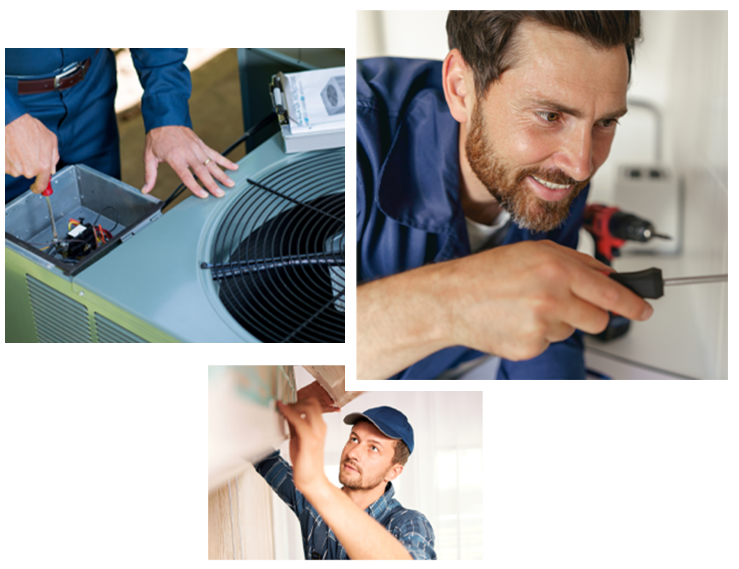How Long Does a Furnace Filter Last?

Homeowners know they should change their furnace filter every so often, but not many understand what they do or why. Filtration is a vital part of keeping the furnace system healthy and working well. The filter lasts from one to twelve months. Here’s what homeowners should know about furnace filters.
What Does Filtration Do?
Your coffee strainer or a tea bag prevents coffee grounds or loose tea from getting into your water. It’s the same with the furnace. It catches the dust, dirt, allergens, pollen, pet dander, cigarette smoke, and more before it befouls the machinery inside the furnace.
Can A Furnace Run Without A Filter?
No. If it did, the air being returning to the furnace would carry with it all the dust, dirt, and crud into the unit. It would settle on the coils. The coils then couldn’t cool or heat the air beneath all that dirt. Your furnace would run without heating or cooling efficiently. Your power bill would skyrocket. Additionally, all those particles would be in the air you’re breathing, which constitutes bad air quality which can also lead to health problems.
How They Help Pet Owners, Those With Allergies, And Others
HVAC users have the edge over homeowners without one. HAVC units pick up pet dander, allergens, chemicals in the air from burning candles, steam and smoke from cooking, and other chemicals and contaminants in the air. The result is clean air. Those with asthma, allergies, and COPD might not need to use their inhalers or take their allergy medicine as much nor suffer asthma attacks as frequently.
How Often Should An HVAC Filter Be Replaced?
It doesn’t take an HVAC professional to change the filter. There are two: one is in the exchanger in a closet or in the basement, and the other is the intake on the wall in a hallway. We’ve even seen some intakes on the floor. Filters are usually the same size and some come in packs of three. Simply replace the dirty one with a clean one every few months, depending on whether you have pets, smoke indoors, burn candles, etc.
Filters come in different types. HEPA devices are the most popular, catching 99 percent of particles in the air. Pleated filters are next in popularity, catching more in their pleats than those without pleats. These two are a little more expensive than fiberglass filters which are quite cheap. The last is electrostatic which uses an electric charge to attract dirt. They’re washable and somewhat permanent. Thinner filters should be changed at one to three months. Thicker ones should be changed at nine to twelve months.
An HVAC professional is standing by to answer any of your HVAC questions. Contact Cahill Heating, Cooling, Electric, Plumbing & Sewer, Air Conditioning, and Electric today!







